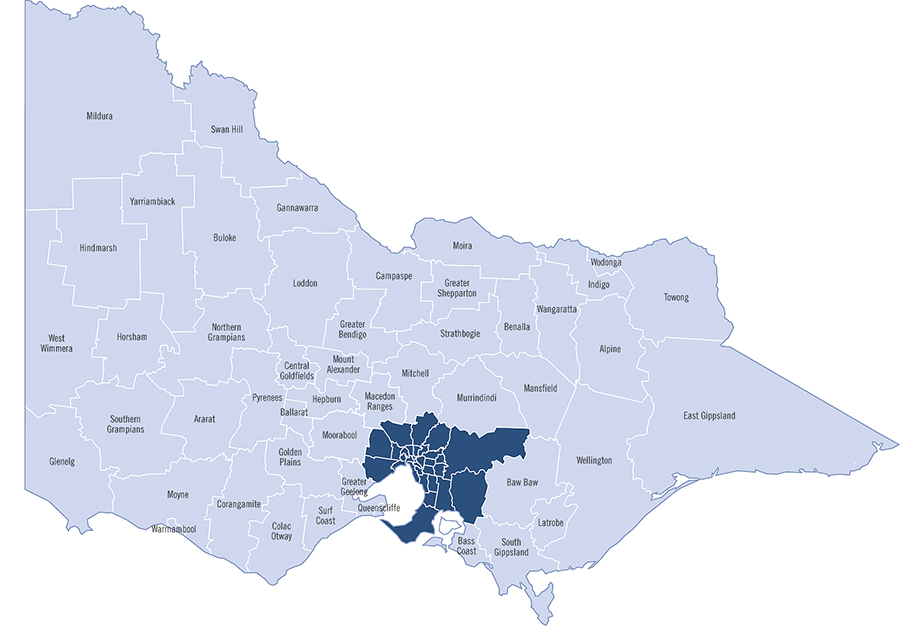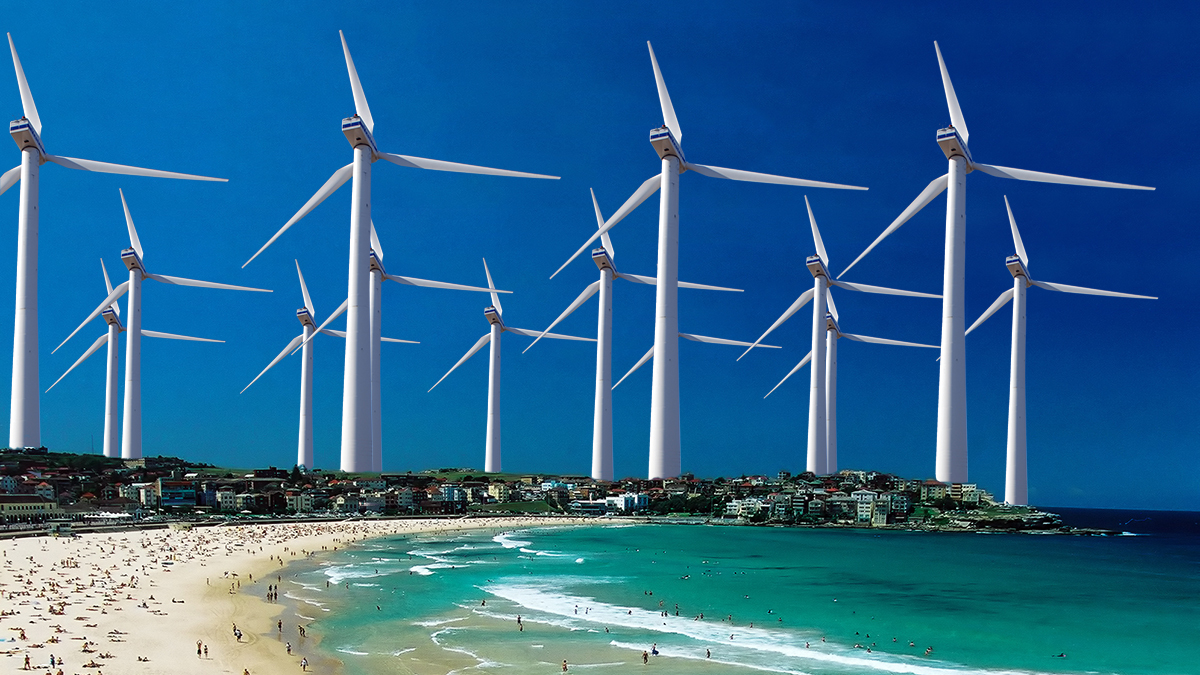Opinion
As I wondered some time back, regarding the then-latest report from Net Zero Australia: do these clowns even read their own reports?
Because, even on their own reckoning, the costs (financial and environmental) of the “Net Zero” mania are mind-boggling. By their own admission, the cost of doing nothing to reduce emissions would be 1/900th of the cost of “Net Zero”. Australia would have to spend the equivalent of its entire WWI military spend, every year for forty years, even as its major export earners (fossil fuels and iron ore) are slashed.
Well, apparently someone in Australia’s Wokest State government actually read their own report. And deleted it in panic.
An energy industry expert says he believes the Allan government has removed an offshore wind policy directions paper from its website because it makes “embarrassing statements”, including that “up to 70 per cent” of Victoria’s agricultural land could be required for wind and solar farms if the offshore alternative is not used.
Which, given the manifest environmental destruction wreaked by offshore wind, even the Albanese government has intervened to put a stop to. So, onshore it is, in Victoria. And goodbye natural landscape.
And bye-bye, damning report.
The March 2022 paper has disappeared from the Department of Energy Environment and Climate Action’s website, prompting Centre for Independent Studies energy program director Aidan Morrison to suggest that the government is trying to hide a document which highlights the massive challenge Victoria faces in meeting its target of 95 per cent renewable energy by 2035, and net zero by 2045.
The government’s target at the time the paper was published was a slightly less ambitious net zero by 2050, with the paper predicting that it would require “the construction of unprecedented amounts of renewable energy in Victoria — more than 15 times today’s installed renewable capacity according to the current best estimate.”
Despite Victoria’s 2022 “integrated system plan” for renewable energy forecasting that just over 40GW of renewable energy generation would be required to reach net zero by 2050, the paper states that “grid scale wind and solar capacity must rise exponentially” – to “60GW+ potentially” to reach the target.
So, what does that mean, in real-world terms of turbines and panels on the ground? Hold on to your jaws, folks, because they’re about to hit the desk.
“Analysis indicates that to meet net-zero targets using onshore renewables could require up to 70 per cent of Victoria’s agricultural land to host wind and solar farms,” the paper states.
“To meet net-zero targets using onshore renewables could require up to 70 per cent of Victoria’s agricultural land to host wind and solar farms”
Yep: you read that right.
Just in case readers thought the 70 per cent figure was a typo, the paper goes on to devote a page to maps and statistics to back up the claim, stating: “Given Victoria’s low agricultural land area relative to other states, achieving full energy decarbonisation with only onshore renewables is an implausible prospect.”
“For example, 60GW using only onshore wind and large-scale solar could require up to 70 per cent of agricultural land, or four times the area of Greater Melbourne,” the paper says, estimating Victoria’s total agricultural land at 127,000 square kilometres.
Four times the area of Greater Melbourne

Asked why he believed the Allan government had taken its directions paper off line, Mr Morrison said: “I think it makes some embarrassing statements.”
Which is something of an understatement.
But what the report is really about is using one damning fact to try and excuse another. In this case, the horrendous impact on the land of “net zero” madness is used to try and justify the even-more-horrendous environmental and financial cost of moving it out to sea.
“In this case for offshore wind they’re obviously trying to hide the fact that the enormous land usage will impact rural communities.
“That’s justifying a large subsidy for offshore wind, which is actually more expensive than other onshore alternatives.
“I’d go so far as to say this is the classic circular logic that’s required to support an extremely expensive renewable energy system.”
The Australian
So far, the Victorian government is avoiding direct questions about the paper.
And is that any wonder?

